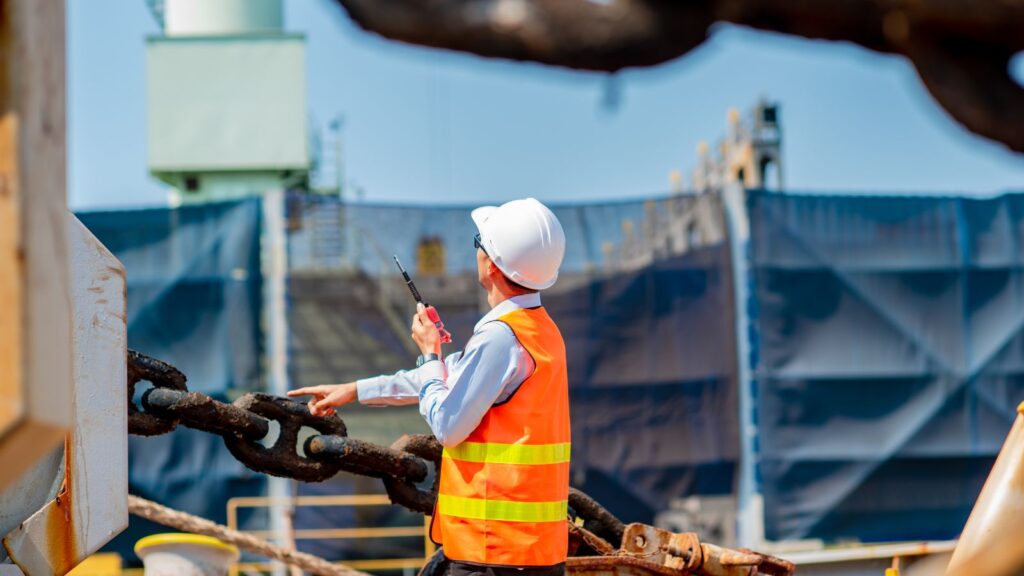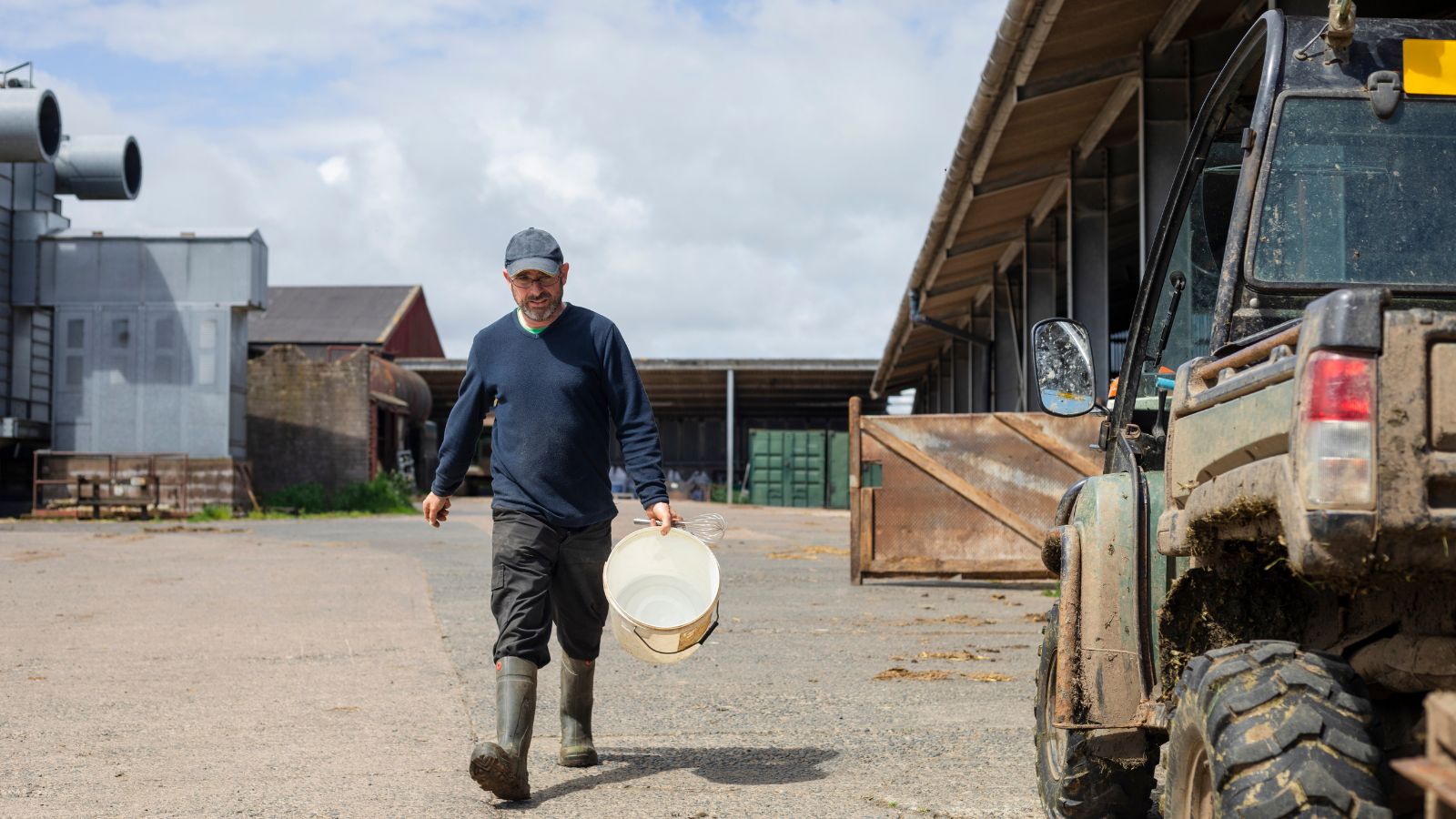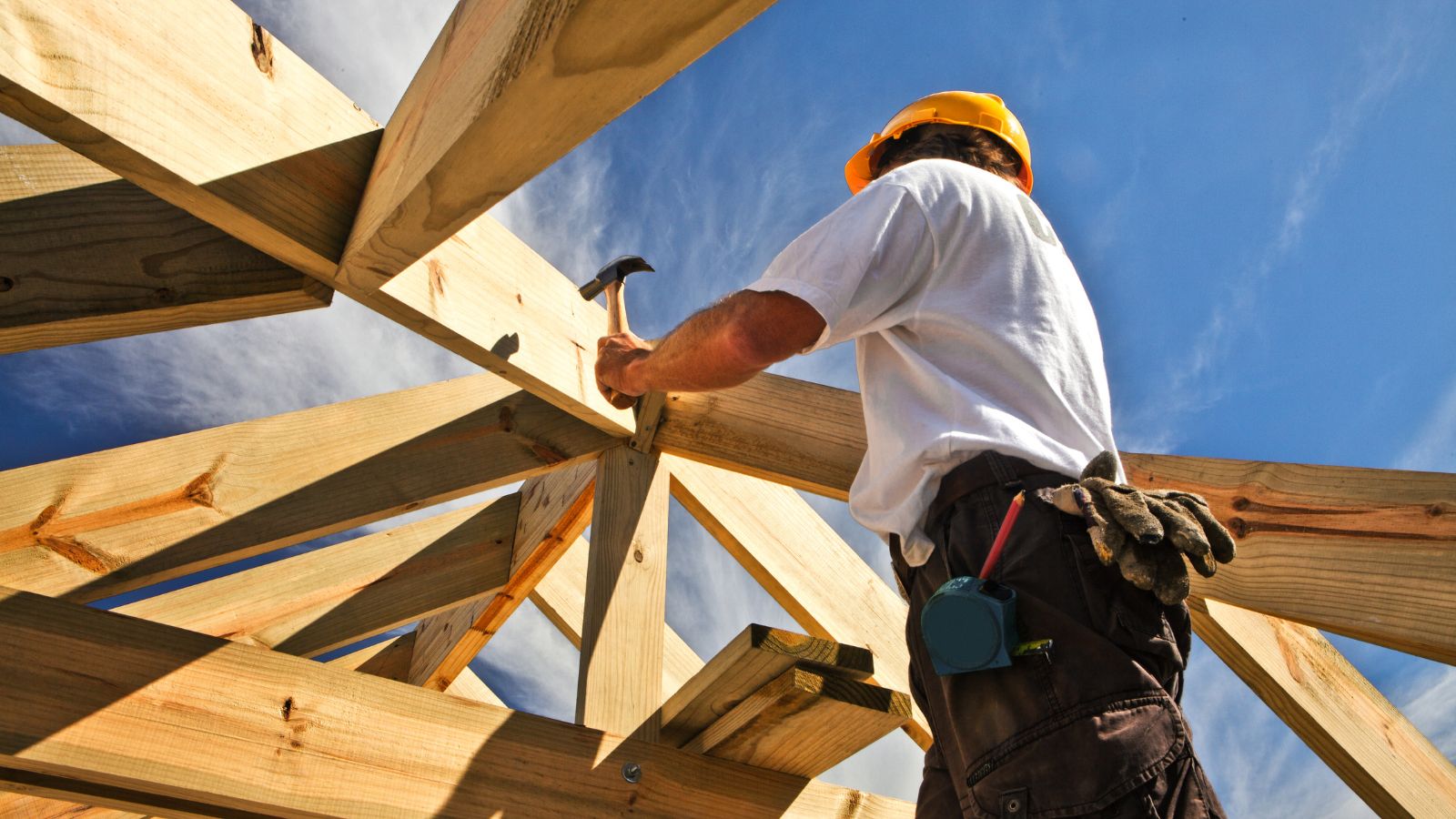As the mercury rises, outdoor workers face a different kind of job hazard—heat. From sunburns and heatstroke to dehydration and long-term skin damage, the risks of summer elements are real and preventable. Whether you’re a construction worker, farmer, landscaper, or simply someone who spends hours working outside, protecting yourself under the scorching sun is essential. Here’s a practical guide to staying safe when the sun is relentless and the work won’t wait.
Understand the Risks of Heat Exposure
Working in direct sunlight can be dangerous. High temperatures combined with physical exertion can lead to heat-related illnesses, including heat exhaustion and heatstroke. According to the CDC, hundreds of workers die from heat exposure each year in the U.S. alone.
Early symptoms like excessive sweating, muscle cramps, and dizziness can escalate quickly. Recognizing these signs is critical. In serious cases, heatstroke can occur, which is a life-threatening condition requiring immediate medical attention. Know the warning signs, and don’t shrug them off.
Hydration: More Than Just a Bottle of Water
You’ve heard it before—drink water. But not just when you’re thirsty. Thirst is a delayed signal, meaning your body is already in a deficit by the time you notice it.
Drink water consistently throughout the day. For longer shifts, mix in electrolyte-rich drinks, especially if you’re sweating a lot. Avoid caffeine and alcohol before or during outdoor work—they’re dehydrating and can make things worse.
Here’s a good rule of thumb: 1 cup of water every 15–20 minutes. And don’t forget to replace lost sodium if you’re working outside for hours.
Dress for Defense: Clothing Matters
Clothing is your first line of defense against UV radiation. Choose light-colored, loose-fitting clothing made from breathable fabrics like cotton or moisture-wicking synthetics. These materials allow sweat to evaporate, helping your body cool down naturally.
Wide-brimmed hats protect your face, neck, and ears—areas most vulnerable to sunburn. Also, invest in high-quality UV-blocking sunglasses to shield your eyes.
Protective gear doesn’t have to be heavy. Lightweight and breathable options are widely available and worth the investment.
Seek Shade When Possible
It sounds simple, but taking breaks in the shade can be a lifesaver. Scheduling work tasks strategically—especially during early mornings or later in the afternoon—can help reduce direct sun exposure.
If natural shade isn’t available on a job site, create it. That’s where equipment like a kubota tractor canopy becomes invaluable. These canopies not only provide shade for operators but also reduce the chances of heat-related illnesses during long hours of field work. It’s a small addition that brings major health benefits.
Whether you’re driving machinery, working on a rooftop, or hauling equipment, having a shady place to retreat to is essential. Shade is not a luxury—it’s a necessity.
Use Sunscreen the Right Way
Sunscreen is often an afterthought. But for outdoor workers, it should be part of the daily routine. Use a broad-spectrum sunscreen with SPF 30 or higher. Apply it 15–30 minutes before going outside and reapply every two hours—or more often if you’re sweating heavily.
Don’t forget commonly missed spots: ears, neck, hands, and the back of your knees. Choose sweat-resistant formulas for better protection during physical activity. Sunscreen won’t stop the heat, but it will protect you from long-term skin damage and lower your risk of skin cancer.
For guidance on choosing the right sunscreen, the American Academy of Dermatology offers trusted, expert-backed information.
Recognize and Respond to Heat Illness Symptoms
If you start feeling faint, weak, confused, or nauseous, stop what you’re doing immediately and move to a cooler place. These are signs of heat exhaustion, which can quickly turn into heatstroke if ignored.
Other symptoms to watch for:
- Rapid heartbeat
- Hot, dry skin (a key sign of heatstroke)
- Headaches or dizziness
- Confusion or disorientation
In case of heatstroke, call emergency services right away. Move the person to shade, apply cool compresses, and do not give them anything to drink if they’re unconscious or disoriented.
Being proactive with prevention is always better than scrambling to treat a crisis.
Adjust Work Schedules
Whenever possible, adjust work hours to avoid the peak heat of the day—typically between 12 PM and 3 PM. Early morning and early evening hours are usually cooler and safer for physical activity.
For jobs that must occur in high heat, enforce frequent breaks. Rotating workers between sun and shade allows for recovery and helps avoid heat stress. It also keeps productivity up over time since a healthy team works more efficiently than an overheated one.
Equip Vehicles and Equipment for the Heat
Vehicles and machinery left out in the sun can become dangerously hot. Steering wheels, seats, and metal surfaces can cause burns or overheat workers operating them.
Use reflective sunshades inside vehicles, and keep bottled water and cooling packs handy. Regularly inspect equipment for signs of heat damage—rubber components, electronics, and fluids are all vulnerable.
Outfitting tractors or other machinery with shading tools like the kubota tractor canopy not only increases comfort but also prevents serious health incidents on the job.
Educate and Train Your Crew
Training saves lives. Make sure all workers understand heat risks, know how to spot symptoms, and are clear on emergency procedures. Create a culture where people look out for each other and speak up if someone seems off.
Employers should establish heat safety protocols and make them part of regular safety briefings. When people are informed, they make better decisions—especially under pressure.
Final Thoughts
The summer sun can be brutal, but working outdoors doesn’t have to be dangerous. With smart precautions—hydration, shade, proper clothing, and awareness—you can stay safe, healthy, and productive even in the hottest months.
The sun is powerful, but so is preparation. Treat heat exposure with the same seriousness as any other workplace hazard, and you’ll help ensure that everyone makes it home safely at the end of the day.




More Stories
What Do You Need for an At-Home Proposal?
Flooring: Types, Costs, and How to Choose the Right Floors for Your Home
The Unexpected Freedom That Comes From Understanding Your Dog’s Medicine Cabinet